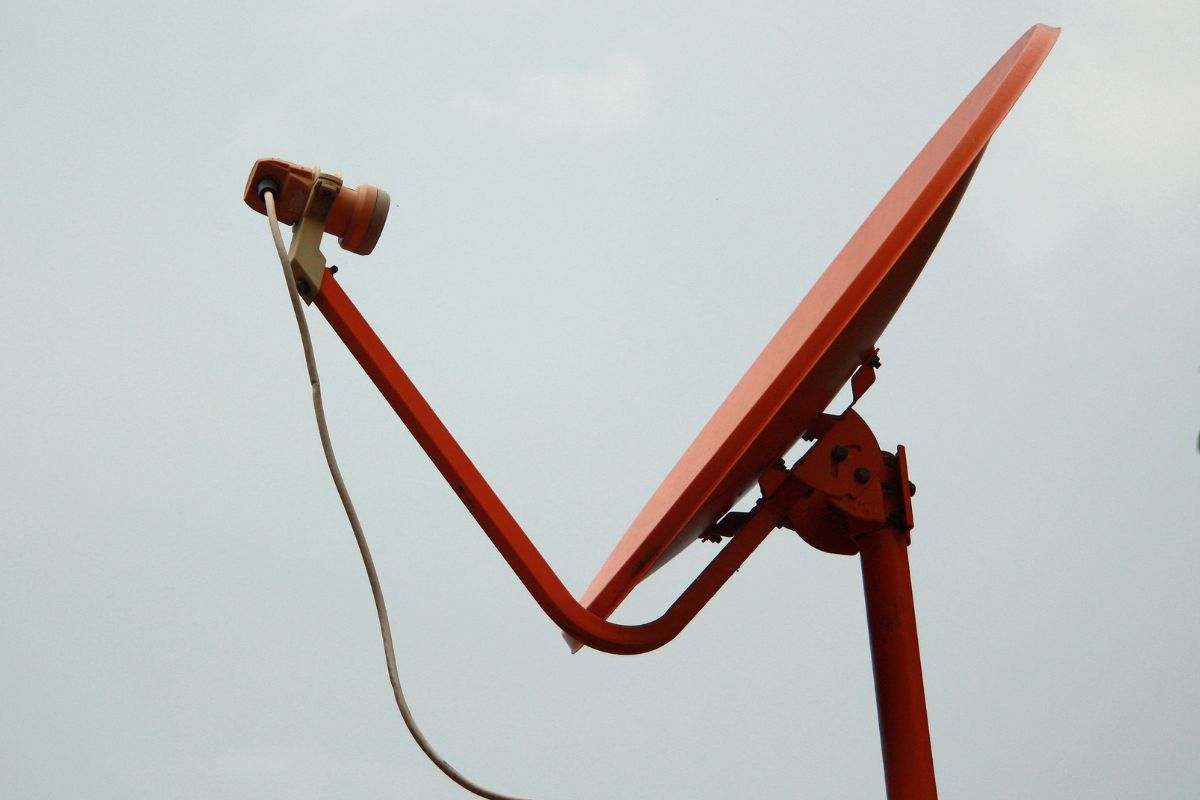The Direct-to-Home (DTH) operators are clearly struggling to keep active and paying users in their subscriber base. For consecutive quarters now, the number of active subscribers in the DTH sector has dipped. From 68.89 million users at the end of September 2021, the number of active paying subscribers for the DTH industry reduced to 68.52 million at the end of December 2021. If this feels like a small negative change that can be neglected, understand that this has been happening for a long-time now. According to the data shared by the Telecom Regulatory Authority of India (TRAI), the number of active paying DTH subscribers has fallen from 70.99 million in the December 2020 quarter to 68.52 million at the end of December 2021. Just once in the June 2021 quarter, there was a positive addition of subscribers, but apart from that, in each quarter, the subscriber count has gone down. Check out the data in the graph below.
What’s Going Wrong with the DTH Sector of India?
The DTH sector isn’t necessarily in the wrong; it is just that the era of over-the-top (OTT) content has already started, and there’s nothing that can be done about it. Indian users have access to cheap internet and OTT applications. Thus, many are opting to pay for OTT platforms so that they can access content on the go instead of paying the DTH service providers, who basically charge everything at a premium compared to the OTT platforms. But the DTH sector still has a lot of legroom to grow in India for the next four to five years at least. There are still rural areas in the country where optical fiber can’t be deployed. Thus, the internet services aren’t much good there. This means that OTT platforms won’t be able an impact there. However, DTH companies can go here and provide satellite TV services at nominal costs to improve their customer base and revenues. In the long run, however, for more like a decade, the DTH companies will have to evolve with the market and change the way they do business. Otherwise, the OTT sector will eat up the DTH companies.

